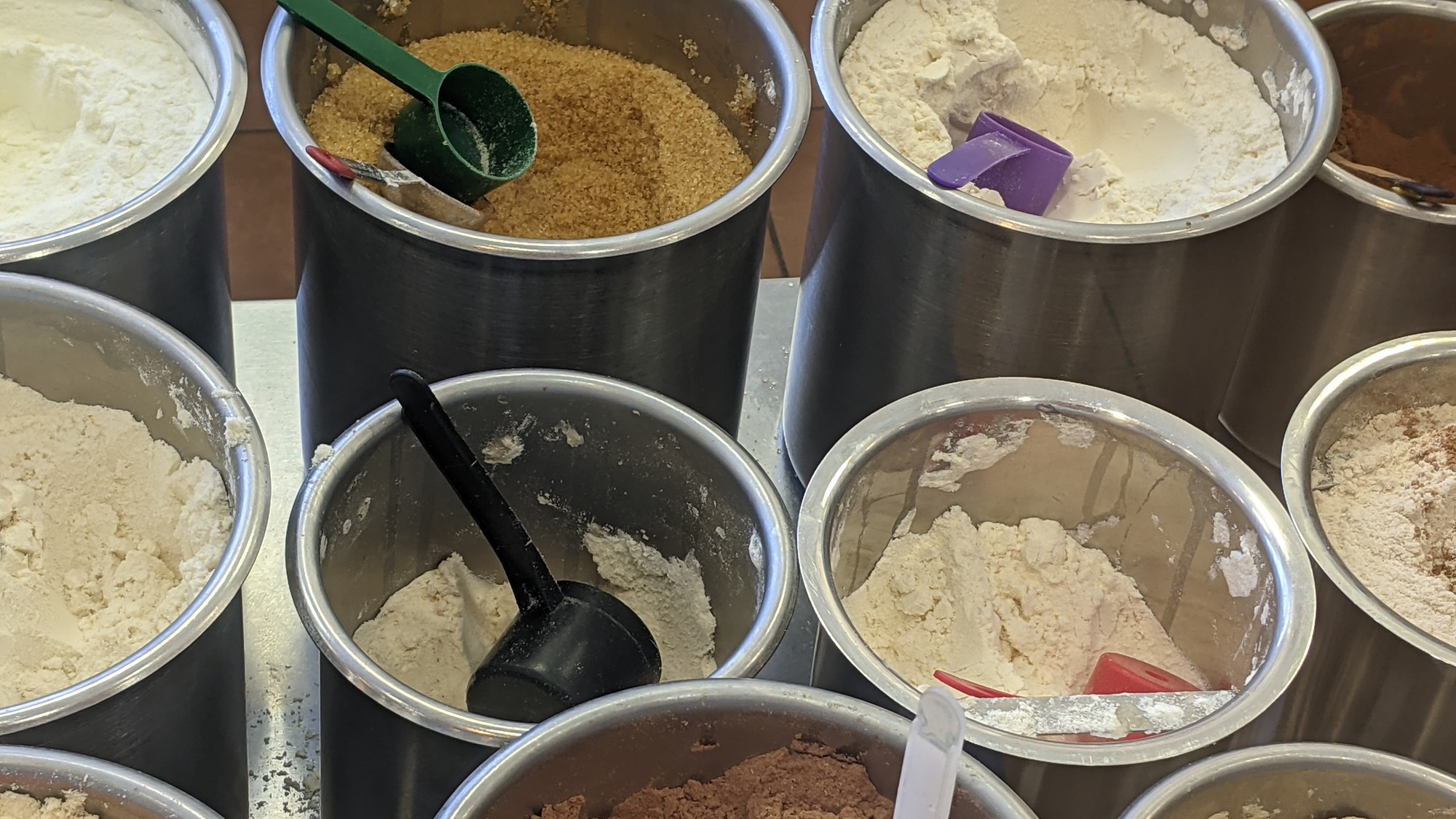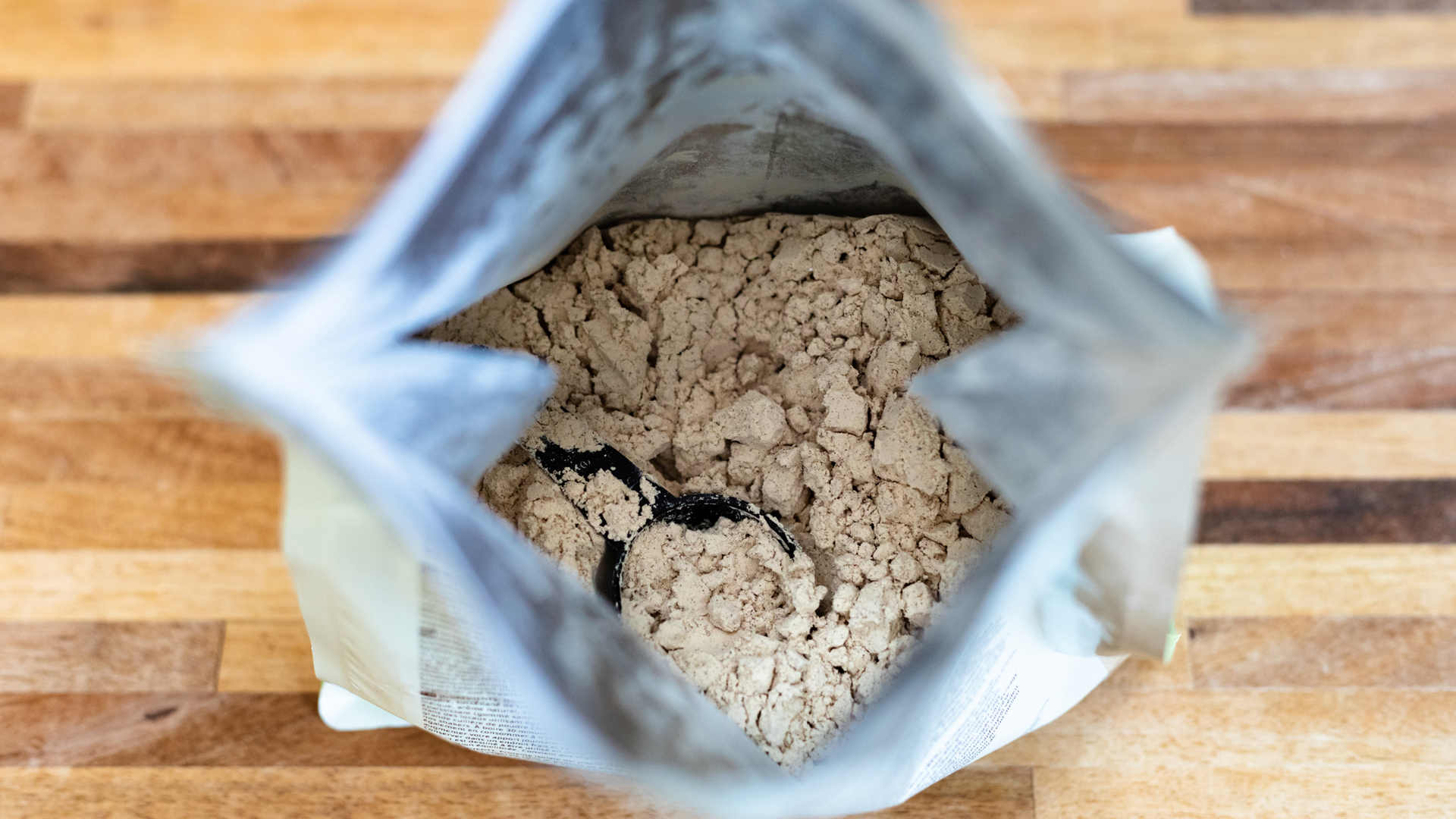How protein powder is made
Have you ever wondered how protein powder is made, or which protein powder is right for you? Read on for the low down

If you’re interested in keeping in shape you may already be including protein powder in your diet. But did you know that not all protein powders are created equal? Some are more concentrated, some contain more essential amino acids than others, some will make you feel fuller for longer, and some will be suitable for vegans. And that’s just for starters.
Read on for our complete guide to protein powders; where they come from, how they are made, and what they are good for. Once you’ve decided if it's right for your health goals, check out our guide to the best protein powders and the best vegan protein powders on the market.
What is protein powder?
Protein powder is a supplement that is now commonly used by professional athletes and people who are serious about training, to help them maintain the correct protein intake. Muscle is built from protein, so people looking to gain muscle size and/or strength will often aim to include more protein in their diet.
There are 20 amino acids that form the building blocks of muscle protein - nine essential and 11 non-essential. Within the essential amino acids are the three branched chain amino acids (BCAAs) - leucine, isoleucine and valine, which are particularly important for muscle building. Some protein powders contain all of them, and others don’t. Generally, animal sources of protein will be ‘complete’, containing all the essential amino acids, while plant sources are usually not complete.
- Related: 5 easy protein powder recipes
Where do different types of protein powder come from?
Whey and casein
Whey and casein protein powders are two different types that are both made from pasteurised milk. Enzymes are added to make the milk curdle. The solid part is then separated out and used to make cheese or casein, leaving the liquid whey behind, which may be spray dried. It takes about 200 litres of milk to produce 1kg of whey protein powder and the same amount of milk can also produce about 6kg of casein protein powder.
Whey protein is digested quickly, while casein protein is slower to be absorbed by your body.
Both whey and casein contain all nine essential amino acids. Whey protein is often found in the best protein bars too.
Egg
Made from dehydrated egg whites, egg protein powder is a good option for people who have an issue with dairy protein powders like whey and casein and contains all nine essential amino acids.
Soy
Although soy is a plant product - classified as a legume - it also contains all nine essential amino acids and is considered to be a complete protein. However, soy is a crop that has gained a reputation for being heavily sprayed with pesticides in some countries, so you may prefer to look for an organic soy protein powder.
Pea
Made from yellow split peas (not green peas, as the name might make you think!), pea protein contains high levels of branched-chain amino acids and should make you feel nicely full, just like animal-derived protein powders.

Brown rice
Brown rice protein is a plant-based option but is low in lysine so, although it contains all nine essential amino acids, it’s not viewed as a complete protein. However, it’s a good option for people with dietary sensitivities, who are allergic to dairy, eggs or legumes.
Hemp
Like brown rice protein, hemp is viewed as an incomplete protein due to its low levels of lysine and leucine. However, it’s rich in omega-3 fatty acids (popularly derived from oily fish), while still being from a non-animal source.
How are different types of protein powder made?
How a protein powder is manufactured has a direct effect on how much protein it actually contains - another case of not all protein products being made equal.
Protein concentrate
These types of protein powders are made up of 60-80% protein, with the rest coming from fats and carbohydrates. Heat and acid are used to extract the protein from whole foods.
Protein isolate
Protein isolate powders have a higher percentage of protein in them than protein concentrate - typically 90-95%. They are made from protein concentrate that has been filtered to remove most of the fats and carbohydrates. These are a good option to mix up one of the best protein shakers after a workout.
Protein hydrolysates
Protein hydrolysates undergo yet another layer of processing by heating them with acid, or by adding enzymes, which helps them to be absorbed more quickly into your bloodstream.
Do different types of protein powder have any benefits over others?
Sports dietician Claire Fudge, of Fourth Discipline Nutrition, works with elite level athletes to ensure their nutrition is optimal at all times. She says different types of protein powder could be used for different things, with whey protein, which is quickly absorbed, being a good option for people training early in the morning who might then struggle to fit in breakfast for another couple of hours.
“For some of our endurance athletes we’re using casein,” she says. “With casein, it’s actually a slow release protein, so you would often use casein - 30 to 40g - before you go to bed. It helps to prevent the breakdown of muscle overnight. It’s like a slow drip feed.”

Fudge says the rise in plant-based eating has led to an increasing demand for plant-based protein powders too. Because proteins from single plant sources often don’t contain the complete range of branched-chain amino acids, she recommends vegans and other athletes who don’t want to use animal sources to choose a plant protein powder that combines several different sources.
“All the different plants bring their different benefits - it’s like putting together a jigsaw puzzle,” she adds.
What to look out for with protein powder ingredients
When choosing a protein powder, check the label to see whether it’s a concentrate, isolate or hydrolysate. This will impact both how quickly the protein is absorbed, and how ‘pure’ a protein source it is, as protein concentrate can be less than two-thirds protein.
Fudge generally recommends an isolate to her clients. This is because it’s usually cheaper than a hydrolysate and still low in lactose if opting for a whey version, because of how it has been processed.
“Isolate sits in the middle in terms of expense,” she says. “But you get a better quality of protein and it’s also low in lactose, so if you have a lactose intolerance it’s a really good way to still get plenty [of protein] in, and get your calcium.”
You may also want to consider whether the ingredients come from organic sources, and, if you are looking at plant-based options, ensure that all essential amino acids are included in the mixture.
Sign up for the Live Science daily newsletter now
Get the world’s most fascinating discoveries delivered straight to your inbox.
Rosee is a writer at Live Science. She reports on health, fitness, nutrition and well-being, with special interests in outdoor living, cycling, swimming and freediving. A journalist for more than 20 years, her work has appeared in Countryfile magazine, Mountain Biking UK, Live Science, Coach, Tom’s Guide and on BikeRadar.com, among others. Rosee is a marathon swimmer and freediver, who has worked on a project to raise awareness of marine ecology in Bermuda’s schools. She is an open water veteran of many years and is currently training to swim the English Channel. She holds a number of qualifications in swim coaching and freediving and particularly enjoys working one to one with adults to help them overcome their fear of the water.











